Fort Santo Domingo, Tamsui: A 400-Year-Old Landmark for History and Photos

Tamsui Dist., New Taipei City
Sightseeing
A 400-Year-Old Fort, Modern Wedding Photography Hotspot, and National Monument
Fort Santo Domingo is a historical site located in Tamsui District, New Taipei City, Taiwan. With a history spanning 400 years, it is a designated national monument.
The fort was originally built in 1628 by the Spanish, who ruled northern Taiwan at the time, and was named "Fort San Domingo." However, Fort San Domingo was later destroyed. In 1644, the Dutch rebuilt it near the original site and renamed it "Fort Anthonio." Because the Han Chinese at the time called the Dutch "red-haired people," the fort became known as Hong Mao Cheng, meaning "red hair fort."
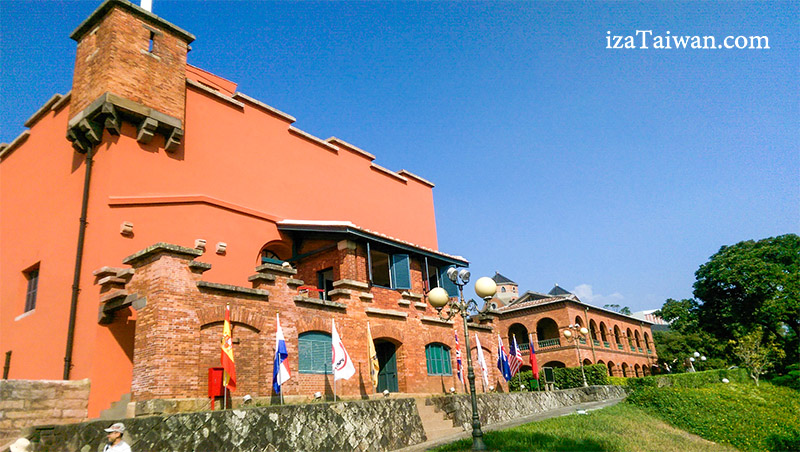
After being abandoned for forty years, Wang Qian, the then-Deputy Magistrate of Tamsui under the Taiwan Prefecture, began to renovate Fort Santo Domingo in 1724. During the Jiaqing era (Qing Dynasty), the Qing army built new artillery batteries on the east side of the riverbank below Fort Santo Domingo and stationed the Hwei Marine Force there. In 1860, the Treaty of Tianjin was signed between China and Britain, and Tamsui Port was opened. In 1861, Britain established a consulate in Tamsui. In 1867, it signed the "Perpetual Lease Agreement of Fort Santo Domingo" with the Qing government. From the following year, it permanently leased Fort Santo Domingo for an annual rent of ten taels of silver, moved the consulate to the site, and renovated it extensively, calling it the "Old Dutch Castle."
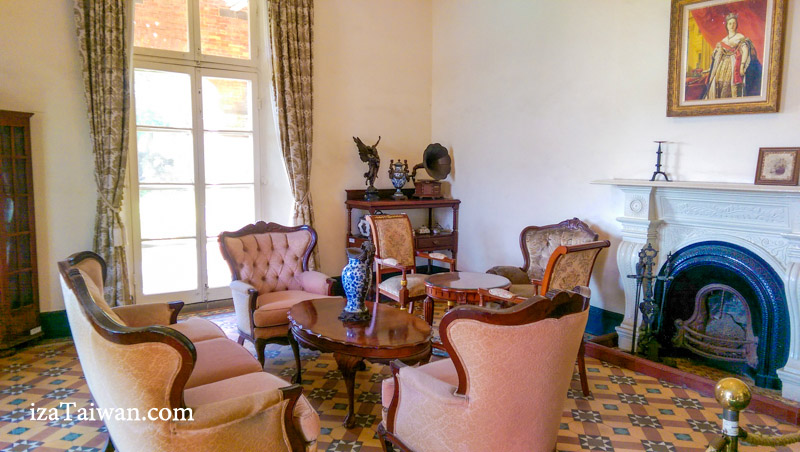
In 1895, Taiwan entered the period of Japanese rule, but Fort Santo Domingo remained a British consulate. A mountain road and several dormitories for managers and servants were also added during this time. The British Consulate originally hoped that the Governor-General of Taiwan would purchase Fort Santo Domingo and requested the Japanese side to subsidize its relocation to Dadaocheng, but this was unsuccessful. Therefore, Britain continued to use it as a consulate. By 1912, Fort Santo Domingo was a famous tourist attraction in the Tamsui area.
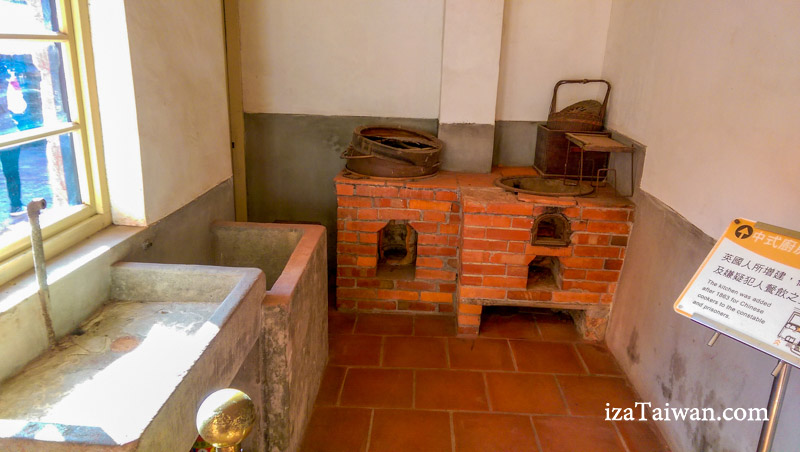
In 1945, the Nationalist government took over Taiwan and, at the same time, took over Fort Santo Domingo, opening it to the public. In 1946, Britain returned to Fort Santo Domingo on the grounds that it had a "perpetual leasehold" and reopened the consulate there. On January 6, 1950, Britain severed diplomatic relations with the Republic of China, but the consulate stationed in Tamsui continued its operations. In March 1972, Britain officially withdrew its consulate from Fort Santo Domingo and entrusted its management to Australia, and then to the United States. During this period, the government of the Republic of China repeatedly negotiated with the British side, hoping to incorporate Fort Santo Domingo into state-owned land, but the Taiwanese side considered the asking price too high and there was no consensus.
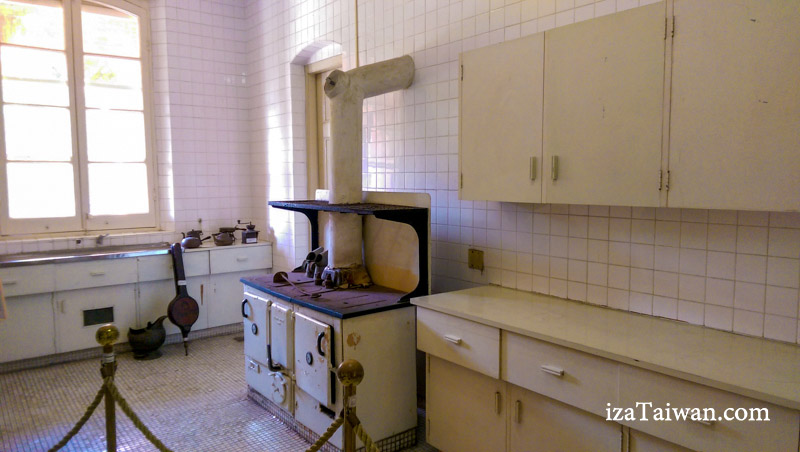
In the same year, Tamsui Business and Industry College and the Presbyterian Church in Taiwan began negotiations with the British side, stating that Tamsui Business and Industry College wanted to purchase the property rights of Fort Santo Domingo from the British side and intended to transform it into a museum for public viewing. In June 1976, Britain agreed to Tamsui Business and Industry College's symbolic purchase of Fort Santo Domingo for one pound, but the government of the Republic of China did not agree to this approach.
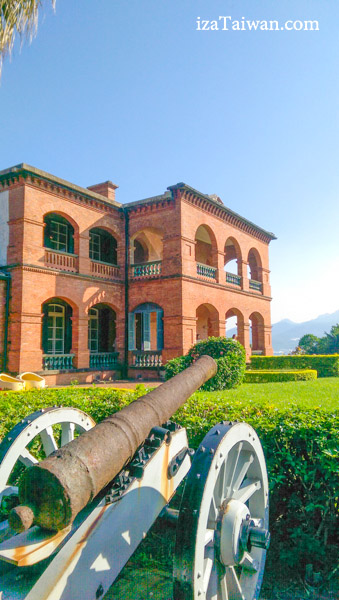
In 1979, the United States severed diplomatic relations with the Republic of China, and the US side transferred its management to the American Institute in Taiwan. The Ministry of Foreign Affairs of the Republic of China informed Britain the following year that it would terminate the permanent lease and intended to recover the land, and set a deadline of June 30 for a response. On June 30, 1980, the fort was officially handed over from the British side to the government of the Republic of China. Later, the Office of the President of the Republic of China promulgated and implemented the "Cultural Heritage Preservation Law" in May 1982, and the Ministry of the Interior of the Republic of China designated it as a first-class historical site in the Taiwan-Fujian area on May 26, 1983. After renovation, it was opened to the general public on December 25, 1984.
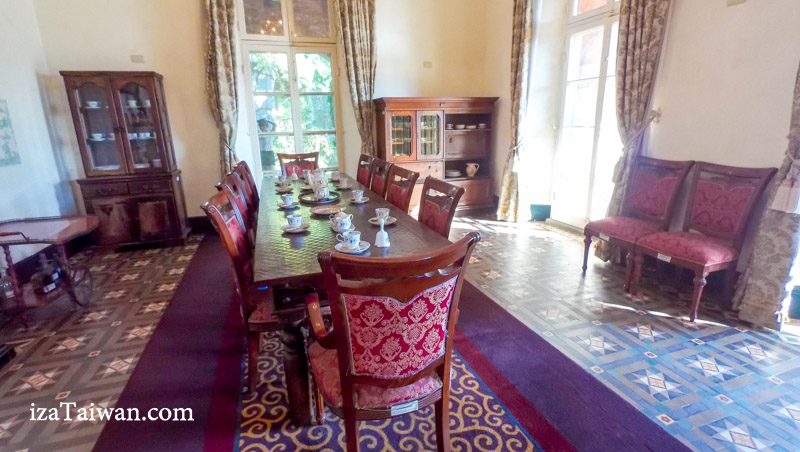
The Tamsui Fort Santo Domingo area is divided into two parts: Fort Santo Domingo and the consulate. The main fort of Fort Santo Domingo has a square layout, while the exterior walls of the British Consulate are all made of Qing Dynasty red bricks, with an orange-red color, warm and bright colors. The arched corridors, sloping roofs, and high steps successfully express the characteristics of typical colonial architecture.
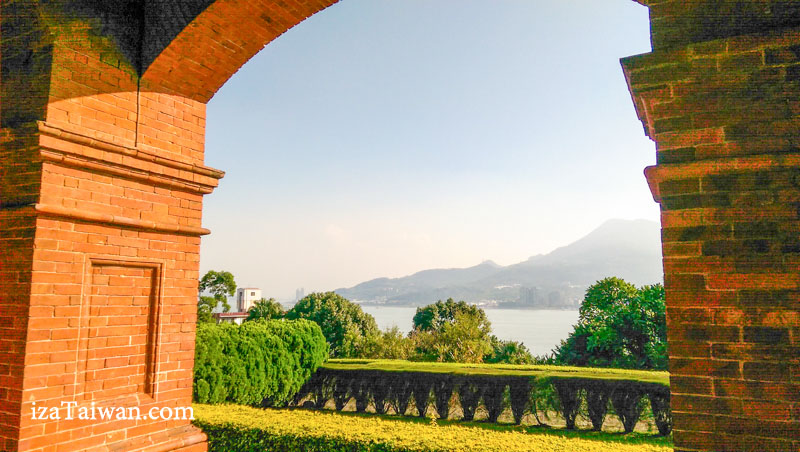
Nearby Attractions/Food:
Tada Rong-ji Residence: A Hidden Japanese Gem in Tamsui
Tamsui Old Street: Food, Sunset, and Historical Sites
Tamsui Fisherman's Wharf: Sunset Views, Seafood, and Recreation
Tamsui Little White House: A Historical Building Tour & Photography Spot Overlooking the Tamsui River
Fort Santo Domingo: No. 1, Lane 28, Zhongzheng Road, Tamsui District, New Taipei City
Indoor Opening Hours: Monday to Friday 9:30~17:00
Saturday to Sunday 9:30~18:00
Outdoor Opening Hours: Extended to 20:00 from April to October
Closed: The first Monday of each month, Lunar New Year's Eve, the first day of the Lunar New Year, government-announced natural disaster holidays, and other necessary closing days will be announced separately.
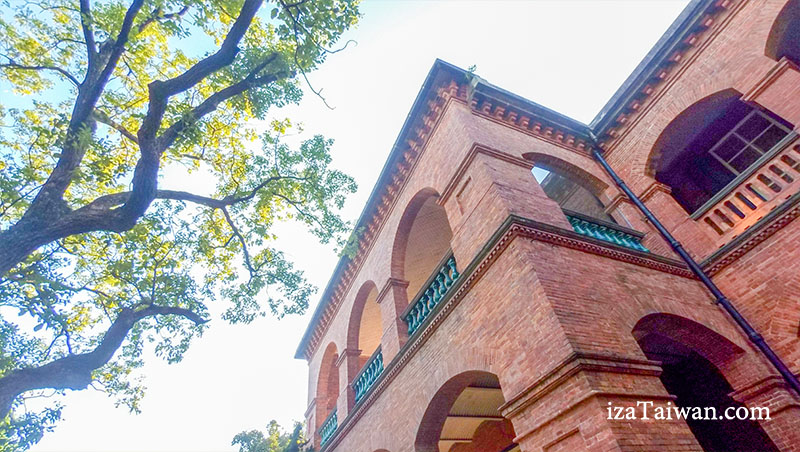
Full ticket: 80 yuan
Ticket Purchase Method: Cash, EasyCard
Free Admission:
(1) Citizens registered in New Taipei City
(2) Nationals aged 65 or over and under 12
(3) Indigenous people aged 55 or over
(4) Students enrolled in domestic schools at all levels
(5) People with disabilities and one necessary companion
(6) Holders of low-income household certificates
(7) Volunteers holding a volunteer service honor card
(8) Members of the Chinese Association of Museums
Ticket Purchase Notice:
(1) Those who are admitted free of charge must present relevant supporting documents in order to enjoy the discount.
(2) Unused complete tickets on the day can be returned to the ticket office for a refund free of charge. If you purchase tickets with EasyCard, you will receive a cash refund.
(3) If museum tickets are lost or damaged and cannot be identified, they will not be reissued or exchanged.
Exhibition Notice:
(1) Please observe the order of the visit and maintain the quality of the visit together.
(2) Please do not bring food or beverages into the exhibition hall.
New Taipei City Tamsui Historical Museum: http://www.tshs.ntpc.gov.tw/xmdoc/cont?xsmsid=0G245646489231362861
Published in 2017
